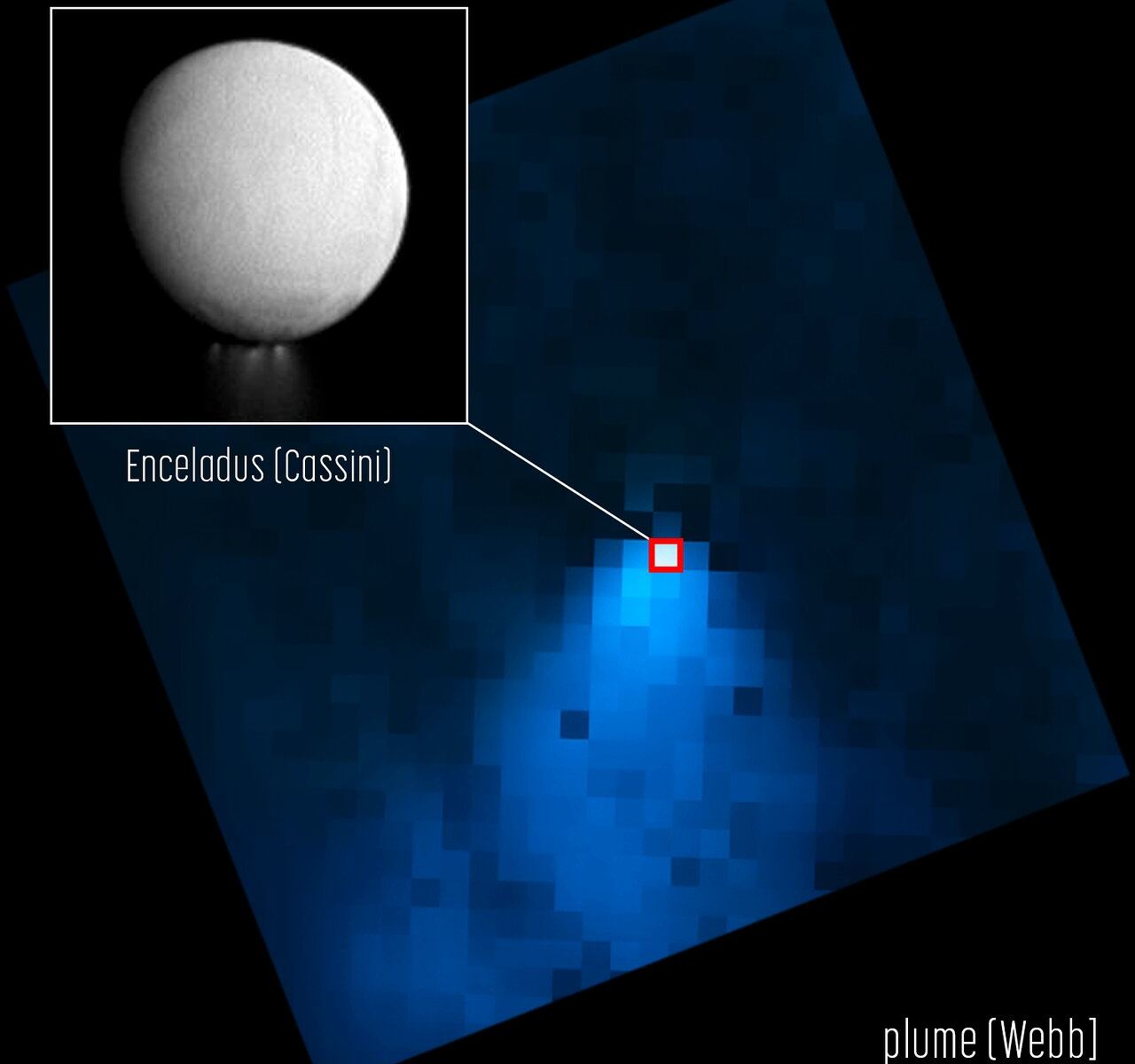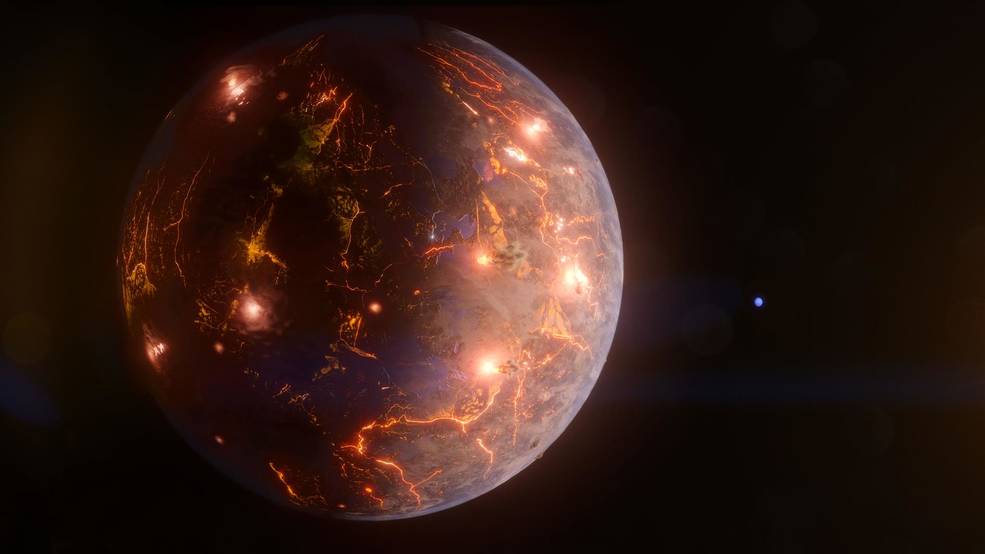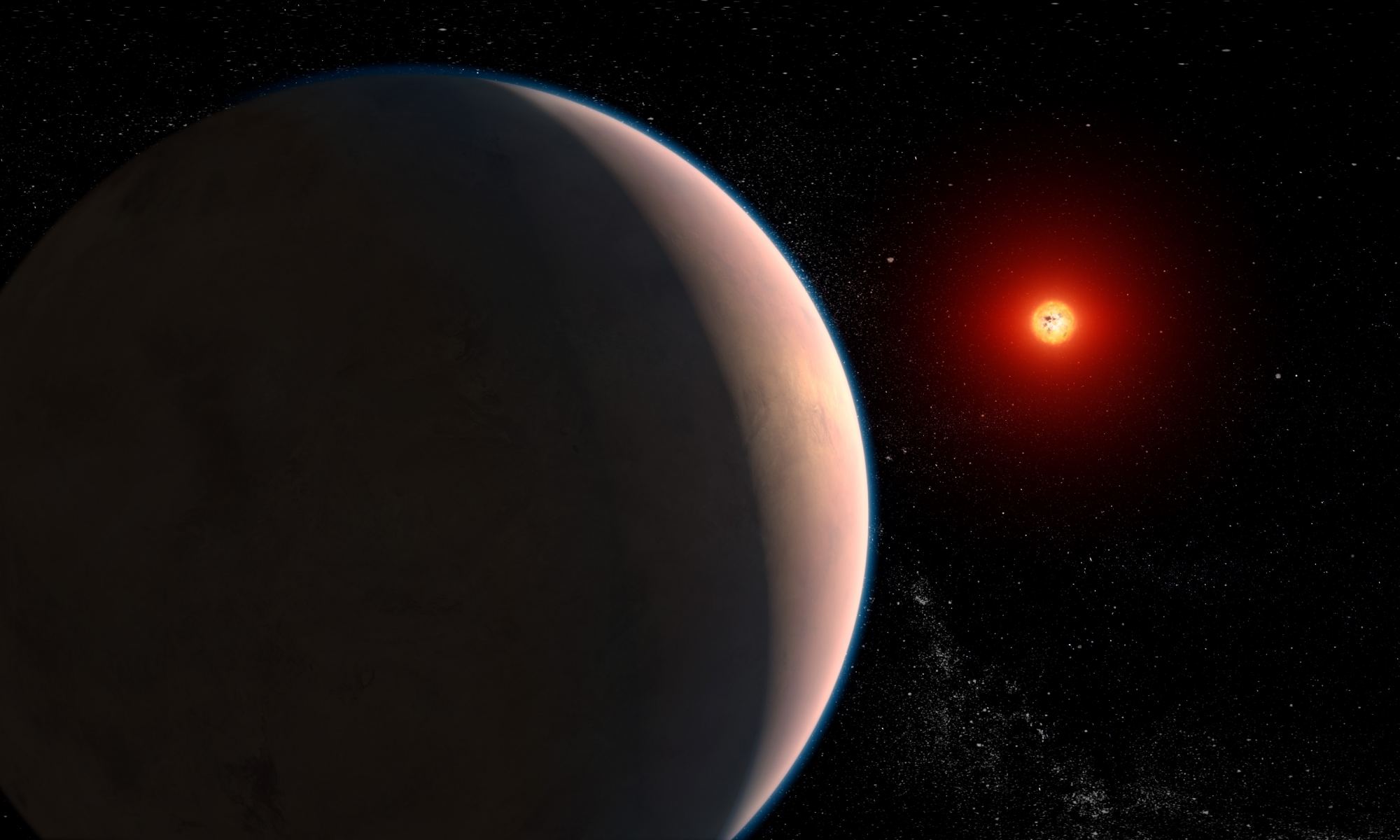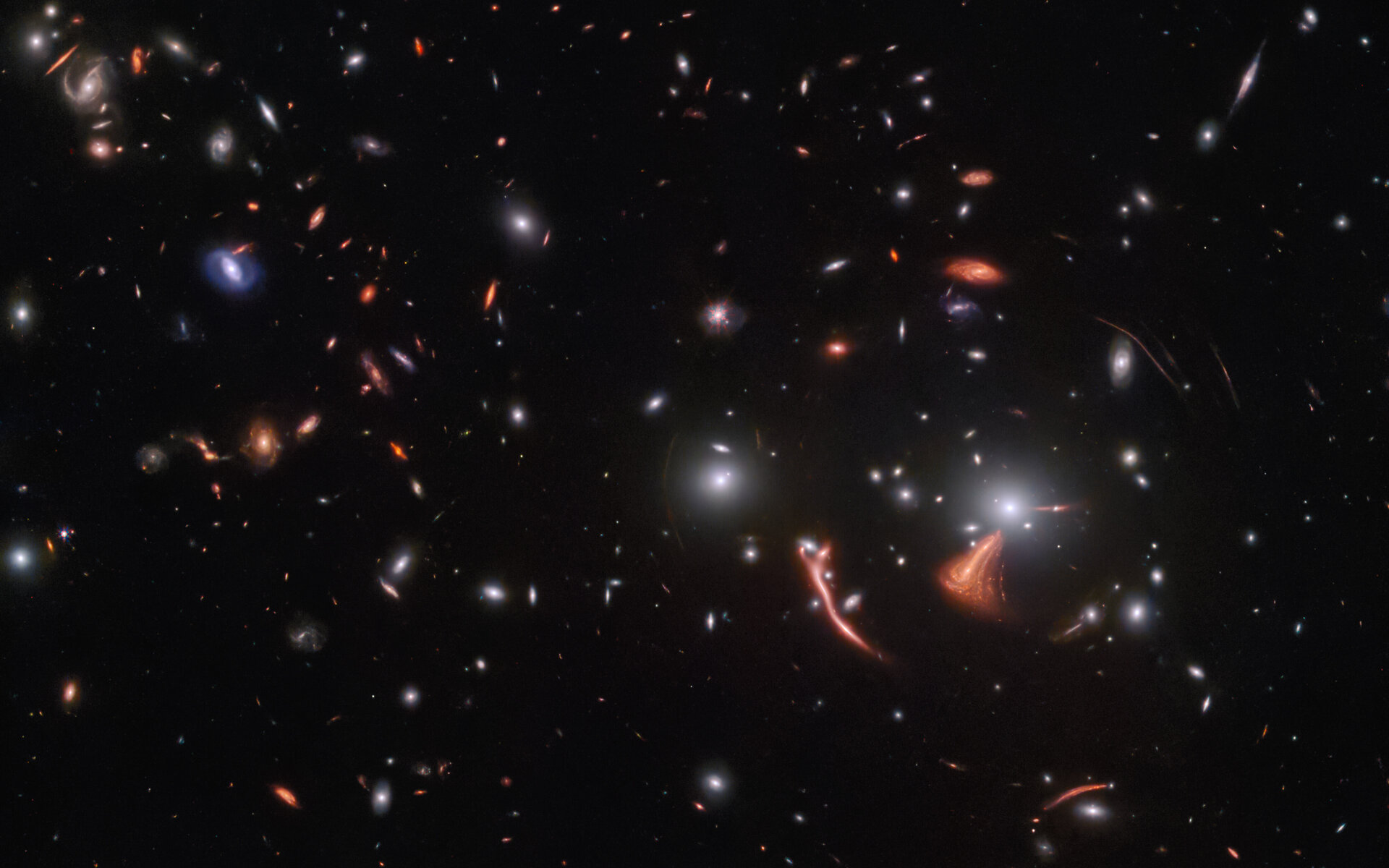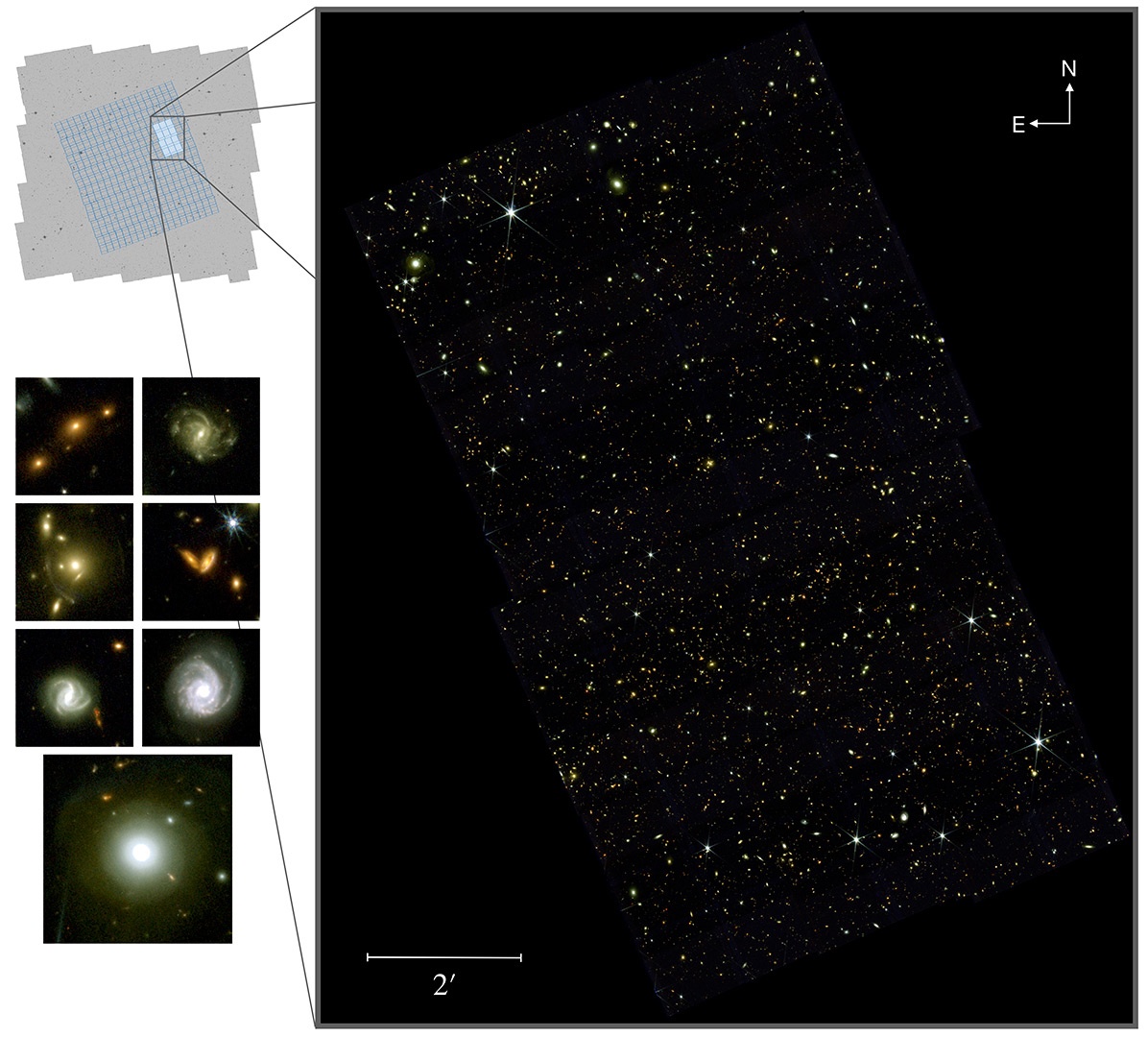One of the most interesting (and confounding) discoveries made by the James Webb Space Telescope (JWST) is the existence of “impossibly large galaxies.” As noted in a previous article, these galaxies existed during the “Cosmic Dawn,” the period that coincided with the end of the “Cosmic Dark Age” (roughly 1 billion years after the Big Bang). This period is believed to hold the answers to many cosmological mysteries, not the least of which is what the earliest galaxies in the Universe looked like. But after Webb obtained images of these primordial galaxies, astronomers noticed something perplexing.
The galaxies were much larger than what the most widely accepted cosmological model predicts! Since then, astronomers and astrophysicists have been racking their brains to explain how these galaxies could have formed. Recently, a team of astrophysicists from The Hebrew University of Jerusalem Jerusalem published a theoretical model that addresses the mystery of these massive galaxies. According to their findings, the prevalence of special conditions in these galaxies (at the time) allowed highly-efficient rates of star formation without interference from other stars.
Continue reading “Here's How You Could Get Impossibly Large Galaxies in the Early Universe”

